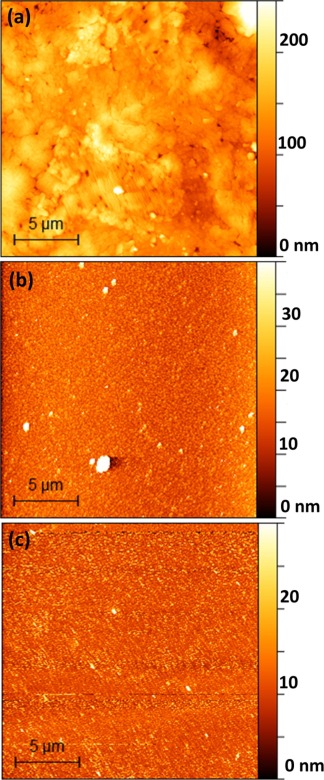Authors: Sandra Keppert, Bernd Aichner, Rajdeep Adhikari, Bogdan Faina, Wolfgang Lang, Johannes D. Pedarnig
Applied Surface Science 636 (2023) 157822
Abstract: Bi2Sr2Ca1Cu2O8+δ (Bi-2212) thin films with thicknesses less than 50 nm (<20 unit cells) are grown by pulsed-laser deposition (PLD) onto (0 0 1) LaAlO3 (LAO) single crystal substrates. Phase-pure and smooth c-axis oriented Bi-2212 films with optimal oxygen doping, critical temperature Tc0 up to 86 K, and critical current density Jc(60 K) above 1 MA/cm2 are obtained for samples that are annealed in situ at temperatures below 700 °C. At higher temperature Bi-2212 films on LAO substrates partially decompose to non-superconducting impurity phases, while films on MgO and SrTiO3 substrates are stable. The broadening ΔTc of the metal-to-superconductor resistive phase transition in magnetic fields is much larger for thin films of Bi-2212 as compared to YBa2Cu3O7. The magnetic field-induced suppression of Tc0 is stronger for Bi-2212 films containing impurity phases as compared to the phase-pure Bi-2212 films. The degradation of LAO substrate crystals after several steps of deposition and chemical removal of the Bi-2212 layer is investigated. New, commercially prepared substrates provide Bi-2212 films with smallest surface roughness (3 nm) and strong out-of-plane texture. However, thin films of almost the same quality are obtained on re-used LAO substrates that are mechanically polished after the chemical etching.




